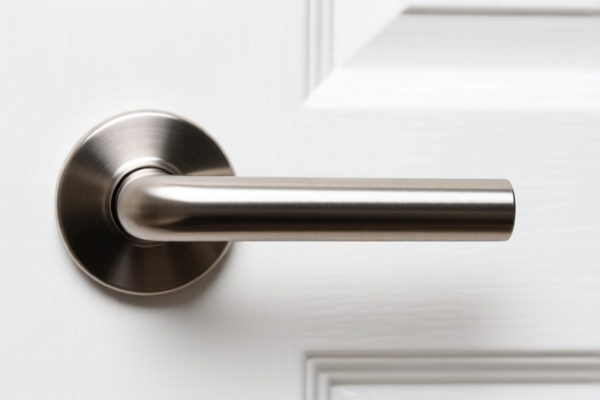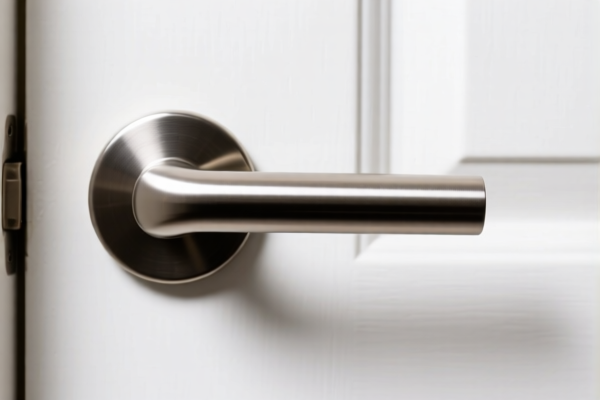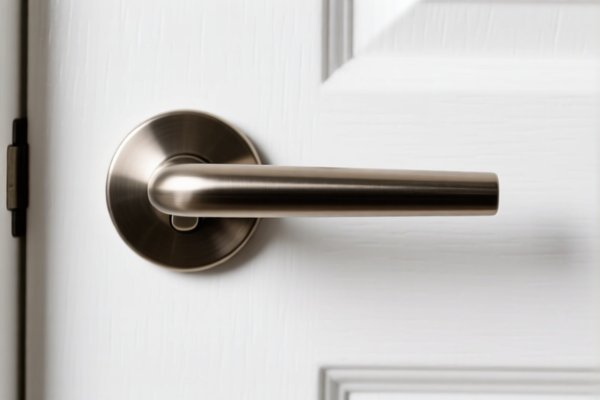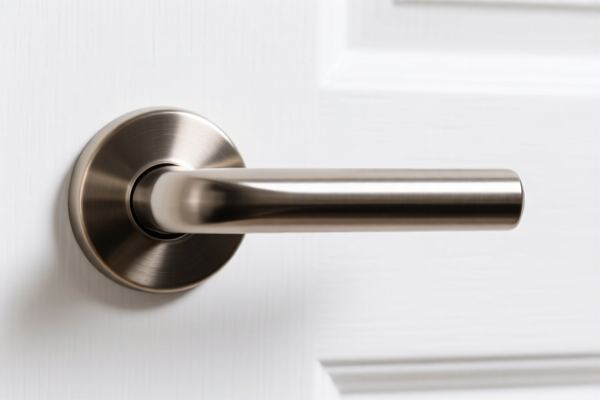| HS Code | Official Doc | Tariff Rate | Origin | Destination | Effective Date |
|---|---|---|---|---|---|
| 4417008010 | Doc | 60.1% | CN | US | 2025-05-12 |
| 4417008090 | Doc | 60.1% | CN | US | 2025-05-12 |
| 4421918800 | Doc | 30.0% | CN | US | 2025-05-12 |
| 4421998800 | Doc | 37.5% | CN | US | 2025-05-12 |
| 1213000000 | Doc | 55.0% | CN | US | 2025-05-12 |
| 1201100000 | Doc | 55.0% | CN | US | 2025-05-12 |
| 1201900005 | Doc | 55.0% | CN | US | 2025-05-12 |




Solid Wood Handle
A solid wood handle is a component, typically for tools, cutlery, or other implements, constructed from a single piece of wood. These handles are valued for their strength, aesthetic qualities, and ergonomic properties.
Material
Solid wood handles are made from a variety of wood species, each offering different characteristics:
- Hardwoods: These woods are denser and more durable, suitable for tools requiring significant force. Common examples include:
- Oak: Strong, durable, and relatively affordable. Often used for hammers, axes, and chisels.
- Maple: Known for its strength, hardness, and smooth finish. Frequently used for carving tools and kitchen utensils.
- Hickory: Extremely strong and shock-resistant, ideal for axes, hatchets, and striking tools.
- Ash: Tough, flexible, and shock-absorbing, commonly used for hammers, shovels, and sports equipment handles.
- Walnut: Aesthetically pleasing with a rich color and good strength, often used for higher-end tools and cutlery.
- Beech: Hard, strong, and relatively inexpensive, used for a variety of tools and kitchen implements.
- Softwoods: While less durable than hardwoods, softwoods like pine or fir can be used for handles requiring less strength or for decorative purposes.
Purpose
The primary purpose of a solid wood handle is to provide a secure and comfortable grip for the user, allowing them to effectively control and operate the tool or implement it is attached to. They also:
- Transmit Force: Transfer the user’s force to the tool head or working end.
- Absorb Shock: Reduce vibration and impact felt by the user, enhancing comfort and control.
- Provide Leverage: Increase the mechanical advantage of the tool.
- Offer Aesthetic Appeal: Wood provides a natural and often visually appealing grip.
Function
Solid wood handles function by:
- Ergonomic Design: Shaped to fit comfortably in the hand, reducing strain and fatigue.
- Secure Attachment: Typically attached to the tool head using a tang (a projection extending from the head) and secured with wedges, epoxy, or mechanical fasteners.
- Resistance to Wear: Wood can withstand repeated use and exposure to various conditions, although it may require periodic maintenance.
Usage Scenarios
Solid wood handles are found in a wide range of applications:
- Hand Tools: Hammers, axes, chisels, screwdrivers, planes, saws, wrenches.
- Cutlery: Kitchen knives, steak knives, carving knives.
- Gardening Tools: Shovels, rakes, hoes, pruning shears.
- Sports Equipment: Baseball bats, hockey sticks, tennis rackets (historically).
- Household Items: Brooms, dustpans, rolling pins.
Common Types & Features
- Full Tang: The wood extends the full length of the handle, providing maximum strength and durability.
- Partial Tang: The wood covers only a portion of the handle length.
- Contoured Handles: Shaped for a more ergonomic grip.
- Oval/Round Handles: Traditional shapes offering a comfortable feel.
- Textured Handles: Provide improved grip, especially in wet or slippery conditions.
- Wedge-Lock Handles: Secured with wooden or metal wedges.
- Epoxy-Bonded Handles: Attached using strong epoxy adhesives.
- Finished Handles: Coated with varnish, oil, or wax to protect the wood and enhance its appearance.
The declared goods are solid wood handles, typically used as components in tools or other implements requiring a grip or control element. They are characterized by their material composition – wood – and their function as handles providing a means for manual operation.
The following HS codes are relevant based on the provided information:
- 4417008010: This HS code falls under Chapter 44, which covers wood and articles of wood. Specifically, it covers “Tools, tool bodies, tool handles, broom or brush bodies and handles, of wood; boot or shoe lasts and trees, of wood: Other Tool handles”. The '8010' subheading further specifies 'Other Tool handles'. This is applicable if the solid wood handle is intended for use as a tool handle. The total tax rate is 60.1%, comprised of a 5.1% base tariff, a 25.0% additional tariff, and a 30.0% additional tariff effective April 2, 2025.
- 4417008090: This HS code also falls under Chapter 44, covering wood and articles of wood. It covers “Tools, tool bodies, tool handles, broom or brush bodies and handles, of wood; boot or shoe lasts and trees, of wood: Other Other”. This is a broader category within 'Other' and may be applicable if the specific type of tool handle isn't explicitly defined. The total tax rate is 60.1%, comprised of a 5.1% base tariff, a 25.0% additional tariff, and a 30.0% additional tariff effective April 2, 2025.
It is important to note that both HS codes 4417008010 and 4417008090 are subject to tariff changes effective April 2, 2025, with the additional tariff increasing from 25.0% to 30.0%.
Customer Reviews
No reviews yet.